In the first few months of his administration, one of President Joe Biden’s top policy priorities has been addressing the threat of climate change — while also improving infrastructure and creating jobs to generate economic growth.
Biden has stated a goal of reaching 100% pollution-free electricity by 2035, which means dramatically scaling up renewable energy production in the US. To that end, Biden’s proposed American Jobs Plan would include extensive tax credits, grants, and other investments in clean energy.
One of the potential beneficiaries of this focus is the solar power industry, which is seeing rapid growth as the costs associated with solar decline. For many years, solar power was too expensive to be adopted at scale as a major source of energy production, but this has changed in recent years.
One of the biggest reasons for the decline in costs has been technological innovation. Solar technology has become more reliable and more efficient over time, which lowers the cost of generating energy.
As those costs decrease, adoption becomes more common, which allows solar cell manufacturers to achieve economies of scale and lower prices even further.
Government support has also been a major factor. Billions in federal investment for renewables during the Great Recession helped spur the technological advances seen in the last decade, and the federal government — along with many states and localities — has long offered tax breaks and other incentives to subsidize household solar adoption.
These factors reached an inflection point in the mid-2000s, and solar production in the US has been growing exponentially ever since.
In 2006, solar generated around 507,000 megawatt-hours of energy and represented .01% of US energy generated by the electric power industry. By 2019, solar thermal and photovoltaic accounted for 71,936,822 megawatt-hours — around 140 times more than in 2006 — to represent 1.74% of the total.

Solar is still a relatively small part of the US’s overall energy mix but will become an increasingly significant source as solar production continues to accelerate — particularly if the Biden Administration’s climate policies and clean energy investments come to pass.
For now, however, renewables overall (17.7% of total electricity generation) still lag behind natural gas (38.4%), coal (23.4%), and nuclear (19.6%). Within the renewable category, solar (9.9% of renewable production) trails wind (40.6%) and hydroelectric (39.5%).

Despite its small but growing role in overall US energy production, solar is a major part of the energy mix in a number of states. The undisputed leader of these states is California, which leads all others both by total solar energy production and the share of electricity derived from solar.
California’s total solar energy production is nearly four times that of the runner-up state, North Carolina. Many of the market factors that have made solar more popular nationwide hold in California, too, but the Golden State also has geographic features and a political climate that have made it a solar leader.
RELATED
Natural gas is the cleanest burning fossil fuel. Learn all about natural gas trading — and find a list of platforms and regulated brokers — in our natural gas trading guide.

In terms of geography, California is one of the US states with the highest levels of insolation (exposure to the sun). Insolation is a factor for many other leading states for solar production, including Sun Belt locations like Texas, southwestern states Nevada and Arizona, and Southeastern states North Carolina, Georgia, and Florida.
Politically, California’s policymakers have created an environment that all but guarantees heavy reliance on solar energy. For instance, California has one of the most ambitious renewable portfolio standards of any US state, with a goal of generating 60% of energy from renewables by 2030 and 100% of energy from renewables by 2045.
Additionally, in 2020, the state began requiring most new homes to include rooftop solar panels.
To find the states where solar production is highest, researchers at Commodity.com used data from the US Energy Information Administration’s Electricity Power Data. States were ranked by annual solar production for electric power (in megawatt-hours) for 2019.
The researchers also calculated the year-over-year change in total solar energy production from 2018–2019, as well as what percentage of total energy production and renewable energy production solar accounts for.
Here are the states producing the most solar energy.
Contents
States Producing the Most Solar Energy

15. South Carolina
- Annual solar energy production (megawatthours): 858,546
- Change in solar energy production (YoY): +68.2%
- Solar share of total energy production: 0.9%
- Solar share of total renewable energy production: 14.3%
DID YOU KNOW?
The production and use of renewable energy is growing rapidly. However, oil is still the world’s most traded commodity.

14. Virginia
- Annual solar energy production (megawatthours): 949,111
- Change in solar energy production (YoY): +24.4%
- Solar share of total energy production: 1.0%
- Solar share of total renewable energy production: 15.3%
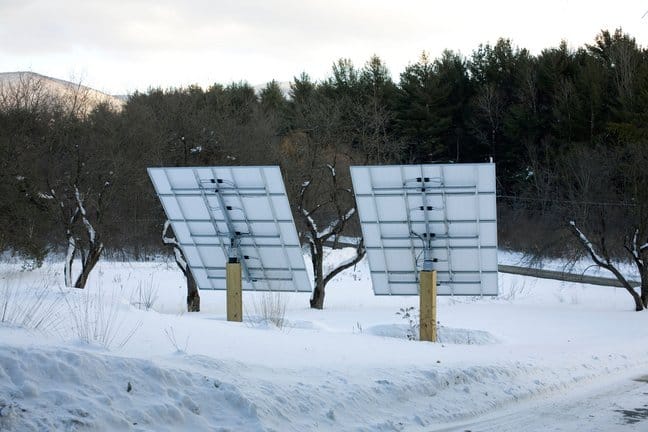
13. Massachusetts
- Annual solar energy production (megawatthours): 1,163,776
- Change in solar energy production (YoY): +19.0%
- Solar share of total energy production: 5.4%
- Solar share of total renewable energy production: 34.7%

12. New Jersey
- Annual solar energy production (megawatthours): 1,164,721
- Change in solar energy production (YoY): +17.6%
- Solar share of total energy production: 1.6%
- Solar share of total renewable energy production: 57.9%

11. Colorado
- Annual solar energy production (megawatthours): 1,218,220
- Change in solar energy production (YoY): +14.7%
- Solar share of total energy production: 2.2%
- Solar share of total renewable energy production: 8.7%

10. Minnesota
- Annual solar energy production (megawatthours): 1,248,833
- Change in solar energy production (YoY): +19.8%
- Solar share of total energy production: 2.1%
- Solar share of total renewable energy production: 8.6%

9. New Mexico
- Annual solar energy production (megawatthours): 1,365,900
- Change in solar energy production (YoY): +1.3%
- Solar share of total energy production: 3.9%
- Solar share of total renewable energy production: 16.1%
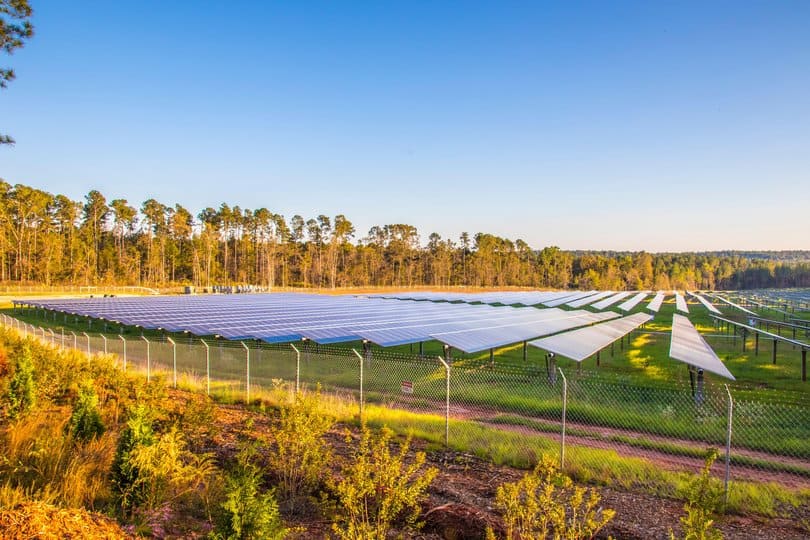
8. Georgia
- Annual solar energy production (megawatthours): 2,160,770
- Change in solar energy production (YoY): +8.3%
- Solar share of total energy production: 1.7%
- Solar share of total renewable energy production: 18.8%
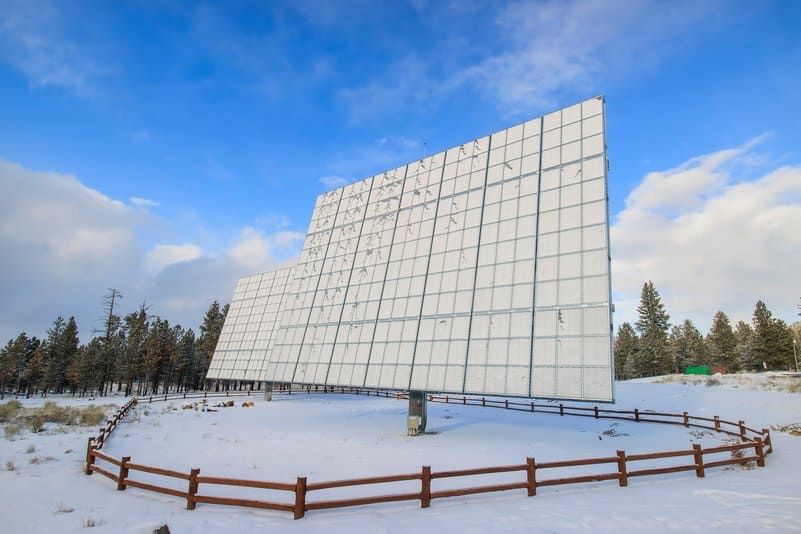
7. Utah
- Annual solar energy production (megawatthours): 2,186,424
- Change in solar energy production (YoY): -1.7%
- Solar share of total energy production: 5.6%
- Solar share of total renewable energy production: 51.3%

6. Florida
- Annual solar energy production (megawatthours): 3,901,445
- Change in solar energy production (YoY): +61.7%
- Solar share of total energy production: 1.6%
- Solar share of total renewable energy production: 45.6%
RELATED
Florida may be the sixth-highest solar power producing state, though cities like Jacksonville in Florida are still boasting some of the highest electricity bills in the country.
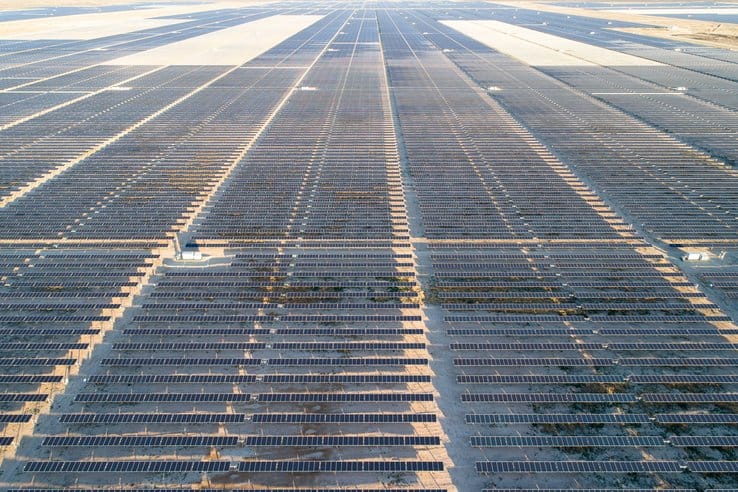
5. Texas
- Annual solar energy production (megawatthours): 4,365,125
- Change in solar energy production (YoY): +36.2%
- Solar share of total energy production: 0.9%
- Solar share of total renewable energy production: 4.8%
TRENDING
Before you put your money on the line, learn the basics of commodity trading and whether an online broker is right for you.
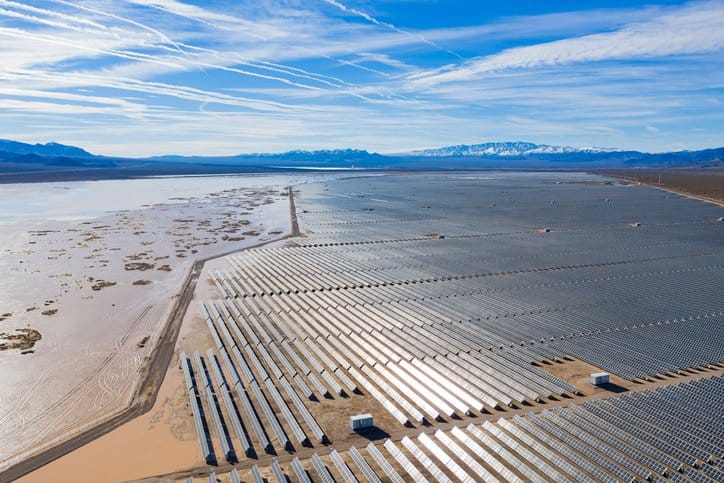
4. Nevada
- Annual solar energy production (megawatthours): 4,810,511
- Change in solar energy production (YoY): +1.9%
- Solar share of total energy production: 12.1%
- Solar share of total renewable energy production: 42.4%

3. Arizona
- Annual solar energy production (megawatthours): 5,278,019
- Change in solar energy production (YoY): +2.7%
- Solar share of total energy production: 4.6%
- Solar share of total renewable energy production: 43.0%

2. North Carolina
- Annual solar energy production (megawatthours): 7,451,338
- Change in solar energy production (YoY): +21.9%
- Solar share of total energy production: 5.7%
- Solar share of total renewable energy production: 44.6%

1. California
- Annual solar energy production (megawatthours): 28,331,513
- Change in solar energy production (YoY): +5.0%
- Solar share of total energy production: 14.0%
- Solar share of total renewable energy production: 29.1%
RELATED
California is still in the top 25 states most dependent on fossil fuels. High-solar energy production aside, the state still gets over 80% of its energy from fossil fuels.
Detailed Findings and Methodology
The data used in this analysis is from the US Energy Information Administration’s Electricity Power Data.
To determine the states producing the most solar energy, researchers ranked states by their annual solar energy production for the electric power industry, measured in megawatt-hours, for the year 2019.
The researchers also calculated the year-over-year change in total solar energy production from 2018–2019, as well as what percentage of total energy production and renewable energy production solar accounts for.
!function(e,i,n,s){var t=”InfogramEmbeds”,d=e.getElementsByTagName(“script”)[0];if(window[t]&&window[t].initialized)window[t].process&&window[t].process();else if(!e.getElementById(n)){var o=e.createElement(“script”);o.async=1,o.id=n,o.src=”https://e.infogram.com/js/dist/embed-loader-min.js”,d.parentNode.insertBefore(o,d)}}(document,0,”infogram-async”);Photo Credits: Alamy Stock Photo


